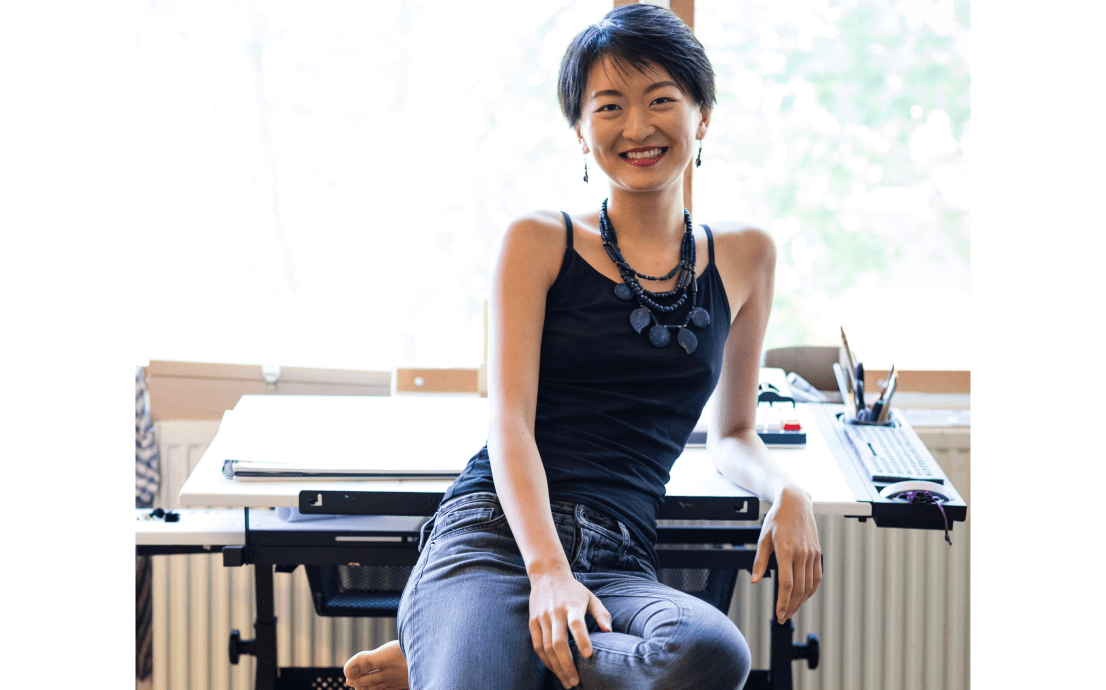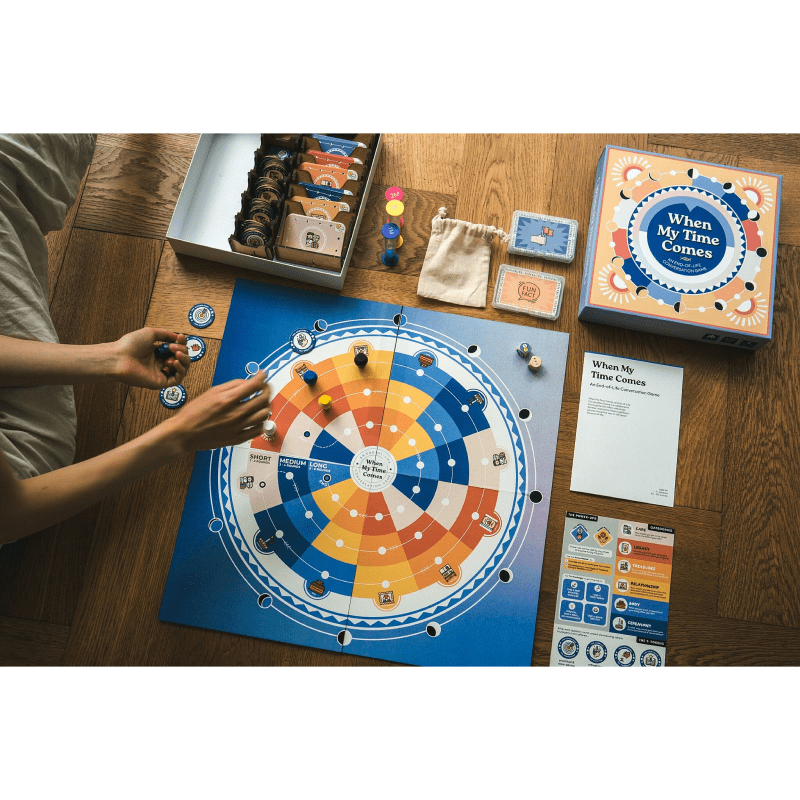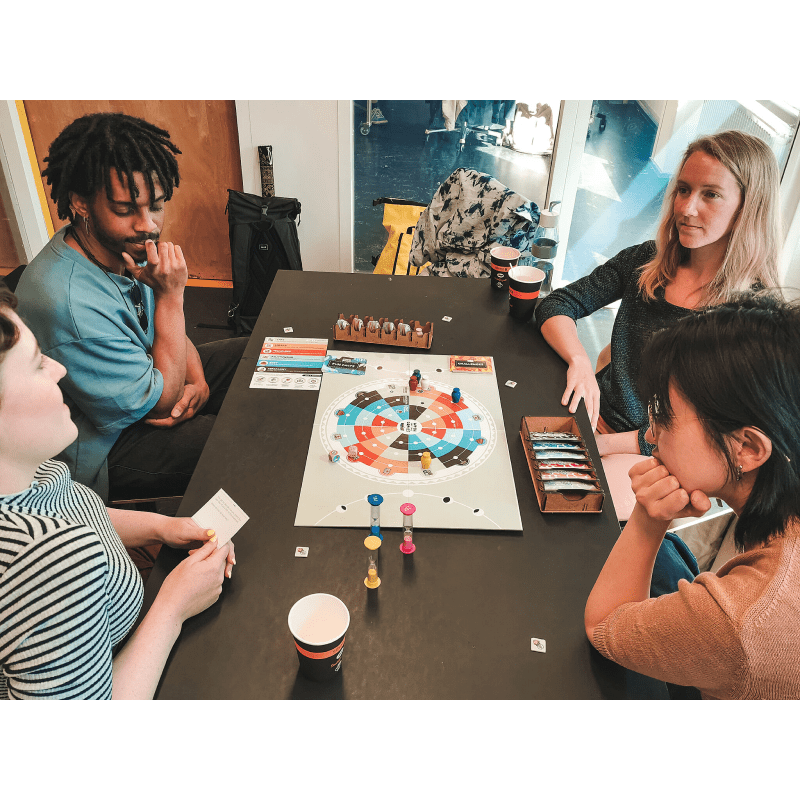Jennifer Kumer: Design What You Wish to See
Founder & Play-based Tool Designer
by Elizabeth Lavis
|03 May 2024

Self-described Meaningful Experiences Designer at Play Tools Design Jennifer Kumer believes that the most important way for aspiring designers to make their mark on the industry is to design what they wish to see in the world. “Learn to nurture that inner fire, and remember what Martin Scorsese said—' the most personal is the most creative,'” she says.
Thanks to her entrepreneurial parents, Kumer moved around extensively as a child and was introduced to various cultures, people, and work environments. “They took me on their travels to events, trainings, and workshops,” she says. “I was always curious and asking adults what they thought the meaning of life was and what wisdom they wanted to share with me.” Growing up in three countries: China, the U.S., and the Netherlands gave her an appreciation for diversity and influenced her design trajectory, but she also followed her internal path. “I’ve always known the themes that I design my games around are universal as well as deeply personal,” she says.
As a child, Kumer wanted to be the hostess or curator of a ‘Living Hall’ or ‘Lifestyle Hub,’ Chinese terms for businesses that embody a co-working space, community center, and artist residency. “The hub would host different workshops and facilitate transformative experiences by experts from all over the world. It would always be cozy,” she says. “I feel like this is still my dream; I just need time to figure out where and what types of events I want to host. In fact, I think that designing games to encourage interactions through meaningful conversations is my way of staying close to the dream.”
"When My Time Comes: An End-of-Life Conversation Game", Jennifer Kumer
Kumer’s formal design education started with a double B.A. in Media & Communications and Sustainability, and she continued her creative path after graduation as a photography assistant and through psychotherapy training. “The profound healing and development I experienced, coupled with the desire to create, led me to design a card deck about emotional intelligence, which would later become my first successful Kickstarter project,” Kumer says. “After the project, I felt that I was onto something and needed to branch out to do my own thing and develop myself further as a designer.”
A friend recommended that she attend a Playwalk event, where she met her future mentor, Bruno Setola, founder of Game Thinking, who introduced Kumer to the world of serious games and applied game design. This prompted her to apply to the Master in Design Research at Willem de Kooning Academy School. “Throughout my Master's program, Bruno offered me guidance, and we had many opportunities to collaborate,” Kumer says. “Thanks to him, I learned to brainstorm, prototype, playtest, and iterate much more effectively as a game designer.”
For Kumer, the essential aspect of a design is that it offers a relevant, meaningful, and valuable experience to the people it was designed for. “In short, the most important thing is that it improves people’s lives in some ways,” Kumer says.
While she strives to create connections and positively impact people in her professional life, Kumer plans to continue enhancing and improving her personal life with one simple goal: “I will continue carrying on the good work.”
Submit your work for Indigo Design Award competition


